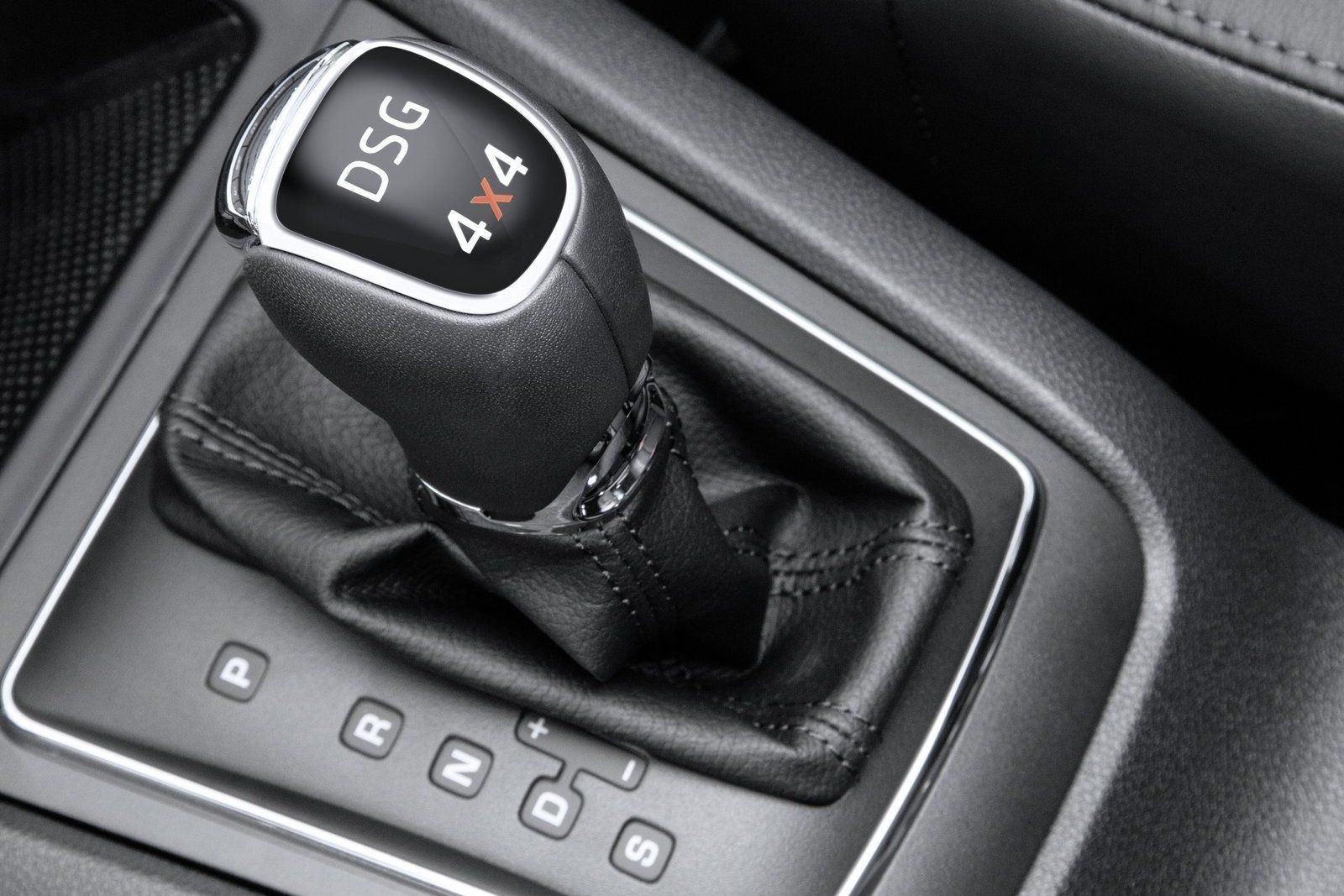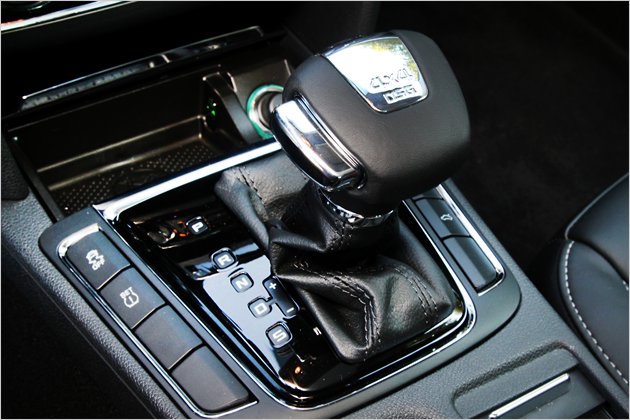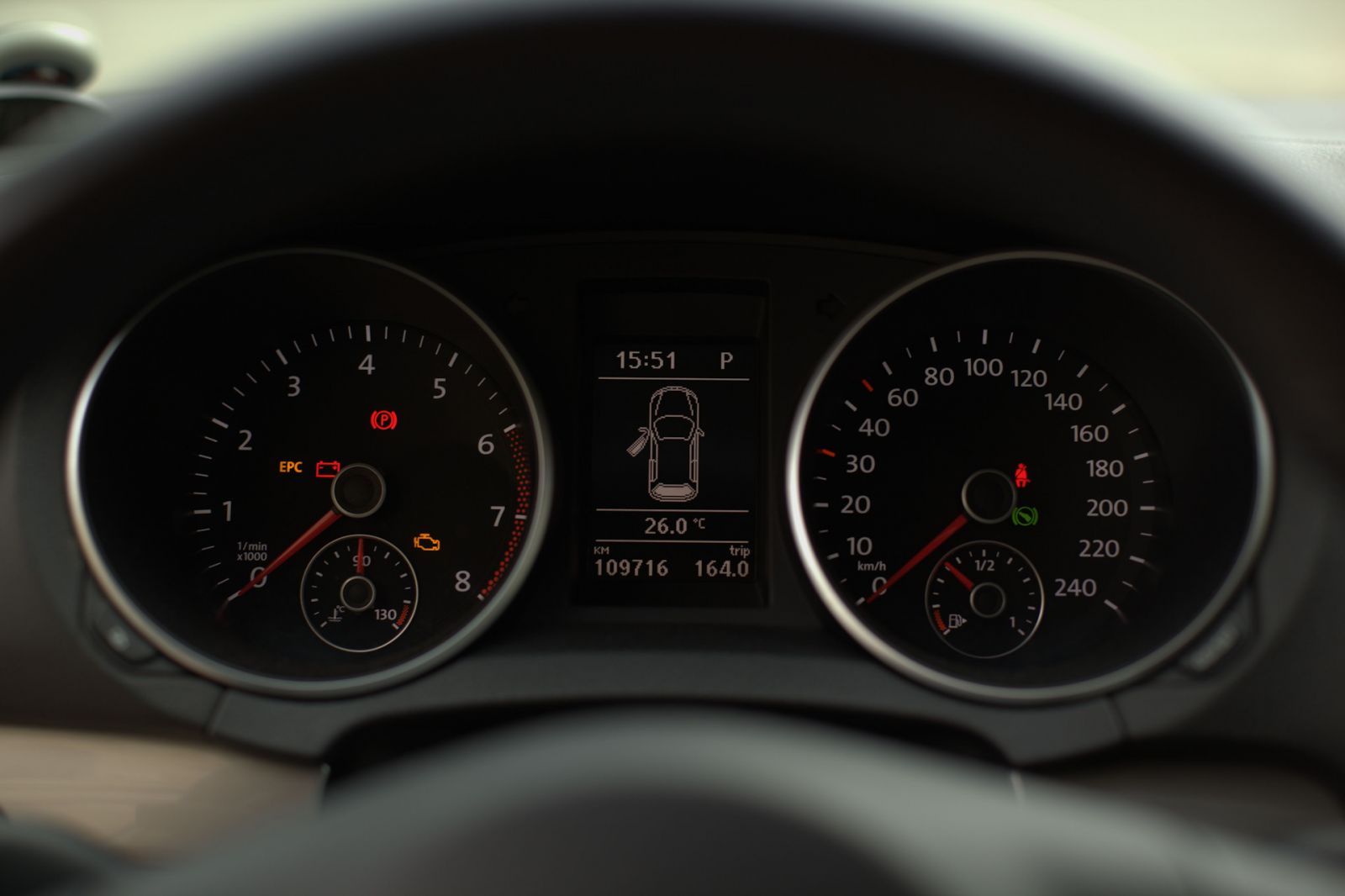
How to properly operate Dsg 7
Content
DSG (from direct shift gearbox - “direct gearbox”) is a robotic gearbox that has 2 clutches and is controlled by an electronic unit (mechatronics). The advantages of this transmission are fast gear shifting due to the pairing of clutches, the possibility of manual control and fuel economy, while the disadvantages are a shorter service life, repair costs, overheating under load and contamination of sensors.
Proper operation of the 7-speed DSG box allows you to extend the life of the gearbox and reduce the risk of breakdown due to wear of bearings, bushings and other friction parts.

Rules for driving a DSG-7
The clutches of the robotic box are not redundant. The 1st is responsible for the inclusion of unpaired gears, and the 2nd - paired. The mechanisms turn on simultaneously, but contact with the main disk only when the corresponding mode is turned on. The 2nd set makes shifting faster.
DSG-7 clutches can be "dry" and "wet". The first work on friction without oil cooling. This reduces oil consumption by 4,5-5 times, but reduces the maximum engine speed and increases the risk of gearbox damage due to wear.
"Dry" DSGs are installed on small cars with a low-power motor. Although they are designed for city driving, some driving situations (traffic jams, mode changes, towing) can be fraught with overheating.
“Wet” DSG-7s can withstand heavy loads: the torque with such a transmission can be up to 350-600 Nm, while for “dry” ones it can be no more than 250 Nm. Due to the hydraulic oil cooling, it can be operated in a more severe mode.
Moving correctly in city traffic jams
While driving, the DSG automatically shifts to a higher gear. When driving, this can significantly reduce fuel consumption, but with frequent stops in a traffic jam, it only wears out the transmission.
Due to the nature of the gearbox, this shift engages both clutches. If the driver does not accelerate to the desired speed or presses the brake while moving in the traffic jam, then after the first transition there is a return to the lowest, first gear.
Jerky driving forces the clutch systems to work constantly, which leads to rapid wear of the friction elements.
When driving in a city traffic jam, you need to follow a few rules:
- do not press the gas and brake pedals cyclically while driving 0,5-1 m, but let the car in front go 5-6 m and follow it at low speed;
- switch to semi-automatic (manual) mode and move in first gear, not allowing automation to act on the principle of economy;
- do not put the selector lever in neutral mode, because when the brake pedal is depressed, the clutch opens automatically.
We slow down correctly
When approaching a traffic light or an intersection, many drivers prefer to coast, i.e., turn off the gear, switching to neutral mode and continuing to move due to the gained inertia.
Unlike smooth engine braking, coasting not only does not reduce fuel consumption to zero, but also increases the risk of transmission wear. If you sharply depress the brake pedal in selector position N, then the clutch will not have time to open with the flywheel without damaging the latter.
A high load on the gearbox leads to the formation of scoring on the contact surface of the flywheel. Over time, the box begins to twitch when changing speed, vibrate and make grinding sounds.
The brake pedal must be depressed smoothly, allowing the clutch to fully open. Sudden stops are only allowed in emergency situations.
How to get started

Drivers accustomed to fast acceleration often resort to simultaneously pressing the gas and brake pedals. The automation of the "robot" reacts to this by increasing the speed, so when you remove your foot from the brake pedal, the speed increases sharply.
Such jerks drastically reduce the life of the gearbox. Pressing the accelerator pedal closes the friction discs, but the applied brake prevents the car from moving. As a result, internal slip occurs, which leads to wear of the discs and overheating of the transmission.
Some manufacturers equip robotic boxes with electronic protection. When you press 2 pedals, the system reacts primarily to the brake, opening the clutch and flywheel. The engine speed does not increase, so the simultaneous activation of the brake and accelerator is meaningless.
If you need to quickly pick up speed at the start, just squeeze the gas pedal. "Robot" allows a number of emergency situations, which include abrupt starts. Their share should not exceed 25% of the total.
When starting uphill, you need to use the handbrake. The gas pedal is pressed simultaneously with the removal of the car from the handbrake for 1-1,5 s. Without stabilization of the position, the machine will roll back and slip.
Sudden changes in speed
A predictable and careful driving style extends the life of the DSG box. With a smooth speed increase, the electronic transmission unit has time to shift into the desired gear, alternately engaging the 1st and 2nd clutches.
A sharp start and braking immediately after acceleration make the mechatronics work in emergency mode. Rapid shifting and friction cause scuffing and damage to the disc. Dry transmissions at this point also suffer from overheating.
In order not to provoke the chaotic operation of electronics, when driving in an aggressive style, it is worth turning on the manual mode. Fast acceleration with a sharp change in speed should take no more than 20-25% of the driving time. For example, after a 5-minute acceleration, you need to let the gearbox rest in a comfortable mode for 15-20 minutes.
On machines with a small mass and engine size, which are equipped with "dry" boxes, you should completely abandon driving with a sharp change in speed. These vehicles include:
- Volkswagen Jetta, Golf 6 and 7, Passat, Touran, Scirocco.
- Audi A1, A3, TT.
- Seat Toledo, Altea, Leon.
- Skoda Octavia, Superb, Fabia, Rapid, SE, Roomster, Yeti.
Towing and slipping

Robotic transmissions are superior to automatic transmissions in terms of slip sensitivity. It provokes not only accelerated wear of the mechanical part of the transmission, but also destabilizes the electronic unit.
To avoid slippage, the following recommendations must be observed:
- put good studded tires for the winter;
- in case of frequent rains and in the cold season, inspect exits from the yard in advance for deepening with dirt or large areas of ice;
- push stuck cars only manually, without pressing the gas pedal (N mode);
- on difficult road surfaces, start moving in manual mode in 2nd gear, avoiding sudden starts with the accelerator pedal.
When climbing on a slippery surface, you need to turn on the M1 mode and press the gas pedal minimally to prevent slipping.
Towing another car or a heavy trailer creates an excessive load on the gearbox, so it is advisable to refuse it with a dry type of transmission.
If a car with DSG-7 cannot move on its own, then the driver should call a tow truck. In cases where towing cannot be avoided, it must be done with the engine running and transmission in neutral. The distance traveled by the car should not exceed 50 km, and the speed should not exceed 40-50 km/h. The exact data for each model is indicated in the instruction manual.
Switching modes
The mechatronic does not tolerate frequent intervention in its work, so the manual mode (M) should only be used in situations that are unusual for electronics. These include starting on a difficult road, driving in a traffic jam, changing speed quickly, and driving aggressively with frequent acceleration and deceleration.
When using manual mode, do not reduce the speed before downshifting, and also increase it when it is upshifting. You need to switch between modes smoothly, with a delay of 1-2 seconds.
We park
Parking mode (P) can only be activated after stopping. Without releasing the brake pedal, it is necessary to apply the handbrake: this will prevent damage to the limiter when rolling back.
Vehicle weight and DSG

The life of a DSG-7, especially a dry type, is inversely correlated with vehicle weight. If the mass of the car with passengers approaches 2 tons, then breakdowns occur much more often in the transmission that is sensitive to overload.
With an engine capacity of more than 1,8 liters and a vehicle weight of 2 tons, manufacturers prefer a “wet” type of clutch or a more durable 6-speed gearbox (DSG-6).
Car care with DSG-7
The maintenance schedule for DSG-7 "dry" type (DQ200) excludes oil filling. According to the manufacturer's description, hydraulic and transmission lubricants are filled for the entire service life. However, auto mechanics recommend checking the condition of the box at each maintenance and adding oil if necessary in order to increase the gearbox life.
"Wet" clutch requires refueling with oil every 50-60 thousand kilometers. Hydraulic oil is poured into the mechatronics, oil of the G052 or G055 series is poured into the mechanical part of the box, depending on the type of mechanism. Together with the lubricant, the gearbox filter is changed.
Once every 1-2 maintenance, the DSG must be initialized. This allows you to calibrate the operation of the electronics and eliminate jerks when changing speeds. The electronic unit is poorly protected from ingress of moisture, so you need to wash it carefully under the hood.